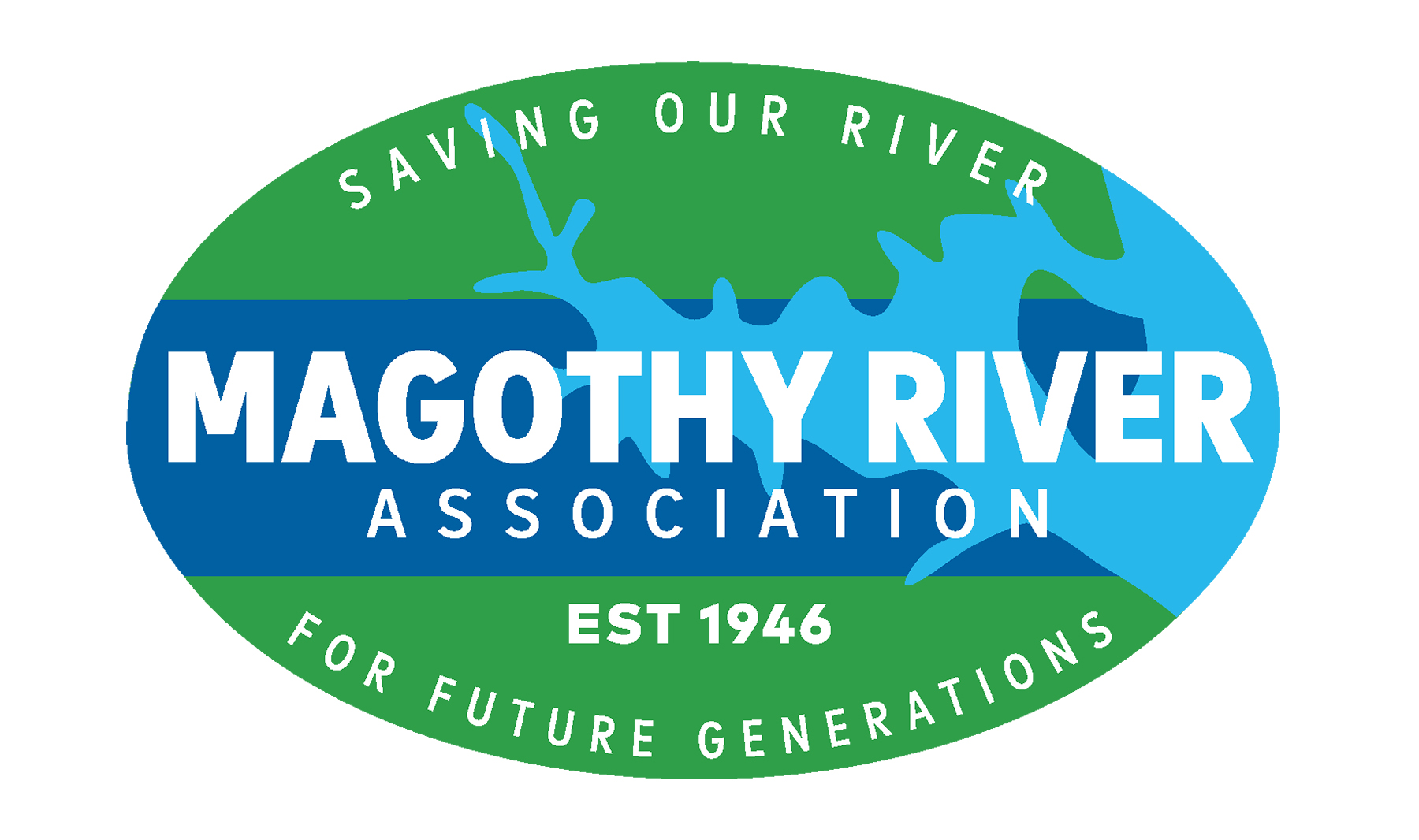Main Features and History
You will discover the submerged sand spit at the mouth of this creek the hard way if you run aground by ignoring the channel markers that show the narrow entrance, which is on the right as you nter the creek. After you enter the creek, you will see another sand spit (above the water line) with no houses on your left. This spit has large amounts of poison ivy (as boaters who let heir dogs run ashore here have discovered). There is a small island behind the spit on its right. Above the island, the creek splits into two branches. The east or right branch (as you move up the creek) is best navigated by canoe or kayak, since there are quite a few fallen logs just below the surface. The west or left branch is longer and easier to navigate in a small john boat.
The left (northwest) corner of the first broad area as you enter once had a landing used for loading chestnut logs cut nearby (Taylor 1998). Remnants of it can be found in rocks on the bottom, near the SAV beds that have started growing there.
Water Quality
One or two MRA stations have been sampled in this creek since 1993. The first (MR6A) was sampled by boat from near the middle of the first broad area after you enter the creek. The second (MR6B) was near the shore of the sand spit on the left side of the creek. Later (in 1997), a pier on the right side of the creek (MR6D) was used. Water quality in this creek is usually among the best of the stations sampled in the Magothy, or near the best.
Living Resources
SAV: There are scattered horned pondweed beds here in the spring. The submerged spit at the mouth of the creek has a bed of sago pondweed on it, which may be exposed at unusually low tides. The left (northwest) corner of the first broad area as you enter has had small beds of widgeongrass with some redhead grass since about 1998. Some SAV was planted to the right of these natural beds in June 1998, but most or all of it appeared to be eaten by the resident Canada geese in the creek. The wave action may also have been to high there; at high tide the first part of the creek gets more wave action than it does at low tide, because at high tide waves from the river are not slowed by the submerged sand spit.
Waterfowl
Resident Canada geese nest on the island, and their numbers are increasing. In 1999, up to 40 were seen in the creek. They pose a threat to the SAV populations that are starting to get established in this creek.
Non-Tidal
There are several non-tidal wetlands known as bogs on the north shore of the Magothy. Eagle Hill Bog is upstream from the eastern branch of Blackhole Creek while North and South Gray’s Bogs re adjacent to the north and south branches of Grays Creek. These bogs are unique habitats where unusual plants such as sundews and pitcher plants are found. A more complete discussion of these bogs can be found in the Magothy River Land Trust web site (give URL) and in William Sipple’s recent book Day’s Afield – Exploring Wetlands in the Chesapeake Bay Region, 1999, Gateway Press, Baltimore.

